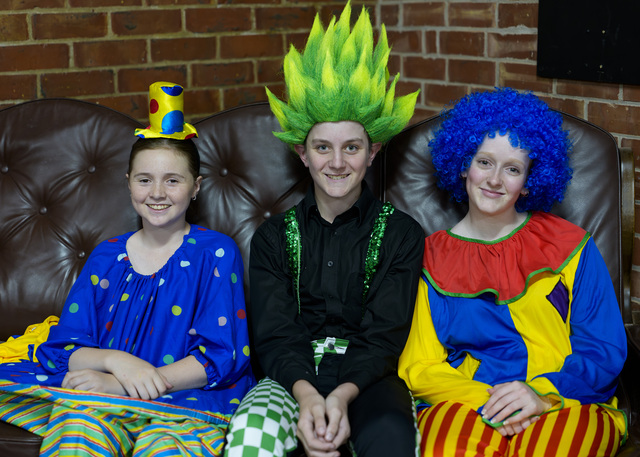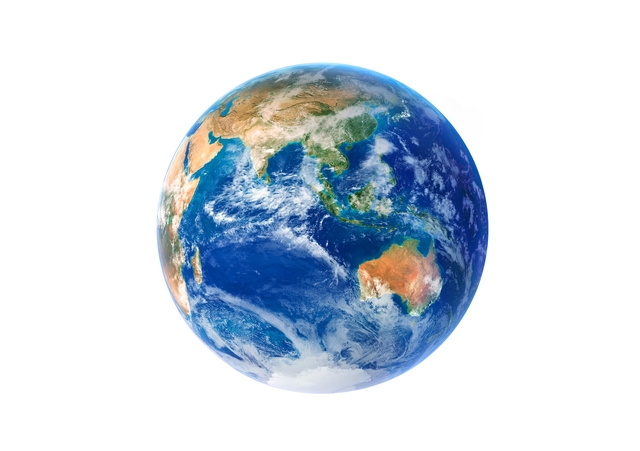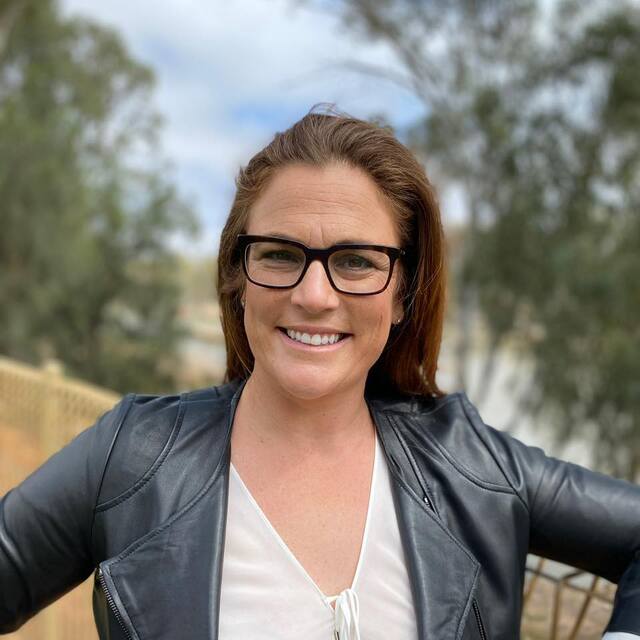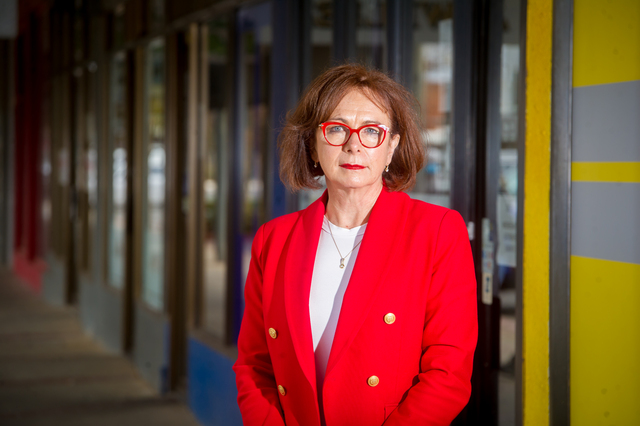The Mildura Grand Tennis International rolled back into town last week and Sunraysia Life’s Heath Kendall was there to cover all the action and he spoke to some of the issues facing professional players at the lower level in Australia.
The Mildura Grand Tennis International is over for another year and again it has proven a huge success with local tennis followers.
In the men’s singles, Great Britian’s Brydan Klein turned back the clock, winning his first title in 11 years, to become three-time winner.
Klein was at his brilliant best as he came from behind against Japan’s Rio Noguchi in the opening set to claim victory, 7-5, 6-3.
The win erased the disappointment of last year when Klein was defeated by Dayne Kelly in the final.
Ironically, it was Kelly who Klein defeated in this year’s semi-final, to advance to the final.
Klein, 30 is uncertain if he will return in 2021 to defend his title as he weighs up his playing future.
“I’ve really set myself to have a big year – I’m 30 years old and need to start to think about what the future looks like for me,” Klein says.
“I thought I’d give it a real crack this year and see what happens and then maybe look at heading down the coaching path.”
Klein’s other Mildura Grand Tennis International victories came in 2008-2009, but previous to that he also won the boys under 14 national championships in 1993 when the tournament was hosted by the Mildura Lawn Tennis Club.
In the women’s event, Ukraine’s Marianna Zakarlyuk’s lack of grass court experience didn’t prove a problem, winning the final in straight sets over Japan’s Misaki Matsuda, 7-6 (2), 6-1.
The win was Zakarlyuk’s biggest of her short career and she now has her sights set on much grander things.
“I practiced with Misaki on the Friday before the tournament and we said to each other – ‘how can we play on this?’ – but here we are,” Zakarlyuk says.
“Grass is not something I play on often so it was different for me coming to this tournament, but still I enjoyed it and I think it does really suit my game.”
Zarklyuk hopes to return next year to defend her title and has her sights set on an appearance at the Australian Open.
“Hopefully, fingers crossed, I can get my ranking to around 200 or even lower by the end of the year,” Zakarlyuk says.
“Who knows maybe next year I can come back and play Oz Open and Mildura as well?”
The busy schedule of a professional tennis player means Klein and Zarklyuk had little time to celebrate their wins.
Klein headed straight to Geelong for another Pro Tour event, while Zarklyuk was off to the nation’s capital, Canberra, hoping for more success.
It’s a tough life on the professional tennis circuit for players which was highlighted by Scott Puodziunas when Sunraysia Life spoke to him after his shock round of 16 win over No.2 seed Luke Saville at this year’s Mildura Grand Tennis International.
Puodziunas believes more needs to be done by tennis officials in Australia to bridge the gap between the prize money being offered to players in the Australian Open and events like the Mildura Grand Tennis International.
“Look at the first-round prizemoney this year at the Australian Open – $90,000, the year before that $75,000 and the year before that I’m not exactly sure what it was, but maybe $50,000,”
Puodziunas said last week after his shock win over No.2 seed Luke Saville in the men’s singles round of 16 at the Mildura Grand Tennis International.
“It has gone up that much and that is 128 people with men and women getting that extra 25 grand – imagine putting that back into some Futures (tournaments) here or Challengers or even funding some of the players who don’t necessarily get any funding from TA (Tennis Australia), instead of just that select few.”
Puodziunas’s concerns are not anything new, many current and past players have echoed the sentiment.
He believes there needs to be more tournaments played in Australia like the Mildura Grand Tennis International and used the model Italy has in place as an example of what could be done in this country.
“I think we have maybe 12 or 13 (Challenger and Futures) tournaments a year and then you compare that to Italy who have 45 tournaments – there is no real comparison really,” Puodziunas says.
“They (Italy) basically have a Challenger and Futures every week.
“There is absolutely no excuse for us – we could easily have at least another 10 tournaments, but what can I do, it’s not up to me – there are a bunch of people who bring these issues up and I don’t know who makes the final decision, who the group people are who decide how many tournaments there are going to be in Australia.”
Puodziunas’s concern, like many other people involved in tennis in Australia, is too many talented players are being lost to the game because they cannot afford the costs associated with playing at the higher level.
Since introducing more Challenger and Future tournaments, Italy has a seen a resurgence in the game.
It now has more than 10 players ranked inside the men’s top 10.
Puodziunas said there was a fine line between making it as a professional player and not.
“Brydan (Klein) and I played Luke Saville and Max Purcell at the end of last year in a Challenger final and we lost 7-6, 6-7, 10-8 and they just made final of the Oz Open doubles,” Puodziunas said.
“The level is not that different, it’s just getting there – once you are there you can stay there, but you have just got to get there and that’s tough.”








